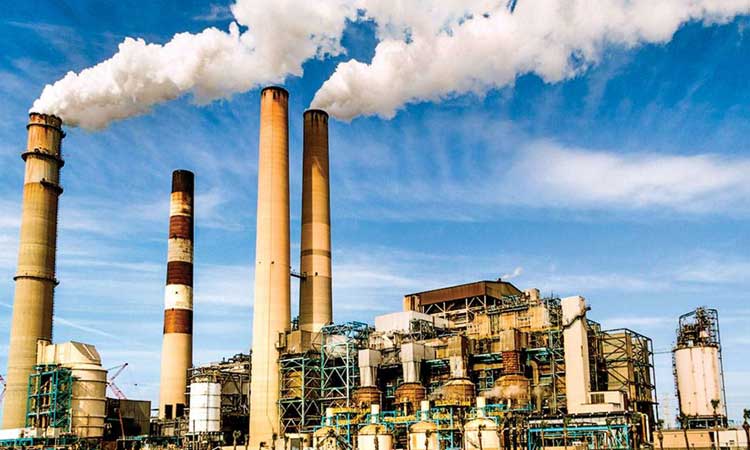
Distribution of Water, Entitlements for Domestic, Wildlife, and Industrial Uses
The earth has an abundance of water; still, much of the 0.3 percent that is useable is unattainable. Water is found in many different forms and many different places. While the amounts of water that exist seem to be plentiful, the availability of the water for human consumption is limited. The majority of freshwater is found underground as soil moisture and in aquifers. Humans can use both ground and surface water. Groundwater can feed the streams, which is why a river can keep flowing even when there has been no precipitation. One of the most significant resources on this planet is this universal solvent. The blog focuses on the determination of criteria for the distribution of surface water. After reading the whole thing, you must develop your level of understanding of a given topic. For all forms of life on Earth, water is the basic necessity.
Distribution of the water on Earth is as follows-Ocean water: 97.2 percent, Glaciers and other ice: 2.15 percent, Groundwater, 0.61 percent, Freshwater lakes: 0.009 percent, Inland seas: 0.008 percent, Soil Moisture: 0.005 percent, Atmosphere: 0.001 percent, Rivers: 0.0001 percent. Oceans, which are the largest surface water source, comprise approximately 97 percent of the Earth's surface water. Water has many uses on Earth, such as human and animal consumption, power production, and industrial and agricultural needs. Precipitation—in the form of rain and snow—also is an important thing to understand. Glaciers and icecaps are referred to as storehouses for Freshwater, can be found in aquifers. It covers 10 percent of the world's landmass. An aquifer is a body of water-saturated sediment or rock in which water can move readily.
Increases in pollution of surface and groundwater resources pose a threat to public and environmental health and contribute to the high costs of water treatment, thus further limiting the availability of water for use. Biodiversity throughout the world is adversely affected when water resources are reduced or polluted. Aquatic ecosystems, particularly the freshwater ecosystems, are exposed to supplementary contamination than other environs, as water is used in various industrial practices as well as the release of discharges commencing from industry” and urban growths. Anthropogenic activities such as “deforestation,” “filling and construction of canals,” “dams,” “roads and bridges,” “agricultural,” and “industrial and domestic activities” result in contamination of aquatic environments. Human settlements, industries, and agriculture are the main sources of water pollution.
"Every human should have the idea of taking care of the environment, of nature, of water. So, using too much or wasting water should have some kind of feeling or sense of concern. Some sort of responsibility and with that, a sense of discipline."- Dalai Lama
Government of India has requested World Bank support to help improve groundwater management in the country, given the significance of the resource for meeting societal needs and development objectives. A program for Results, Financing has been proposed, which provides for disbursement based on the achievement of key results specified in disbursement‐linked indicators. Watershed management and minor irrigation projects would be most suitable for drought-prone, tribal, and hill areas, which should be allowed and encouraged to develop local communities with technical and financial help from the government and NGOs. The Indira Gandhi Canal has brought greenery to considerable areas of Rajasthan.
Proper distribution of water is necessary for the balance of nature. If we only focus on human beings, then Industry and wildlife might get affected. Unemployment may take the front seat in India because many people work in Industry for their livelihood. And if we divide resources with human beings and Industry, then aquatic life gets disturbed. So, proper balancing is necessary towards the lifecycle of nature. Water is a valuable resource because everyone depends on it. That is why sending back to nature freshwater is of utmost priority, and for that, wastewater treatment has to be there. We are among the best manufacturers and suppliers of wastewater treatment plants. If you wish to communicate with us, then please reach us through pop up message.
Earth is known as the "Blue Planet" because 71 percent of the Earth's surface is covered with water. Water also exists below the land surface and as water vapor in the air. Water on Earth is a finite source. Protecting the water means protecting all forms of Groundwater that can find in aquifers. Water found on Earth. Pollution from using fossil fuels can impact all forms of water. The degradation of aquatic ecosystems is largely due to human activities. Increased urbanization and industrialization are greatly responsible for water pollution. The human contribution to water pollution is enormous, such as dumping solid wastes, industrial wastes, and domestic wastes. Water pollution is a major concern to the world. Environmental education is very important to reduce the pollution of aquatic ecosystems. Freshwater is and will be in demand and become a very valuable resource. Must take care to prevent the overuse of potable water sources.
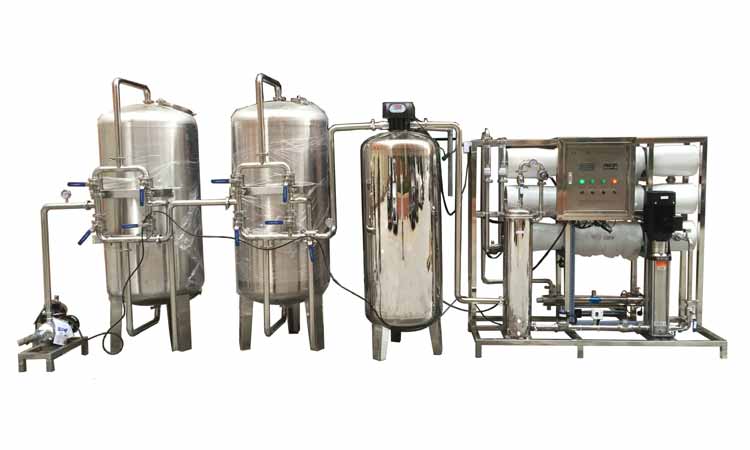
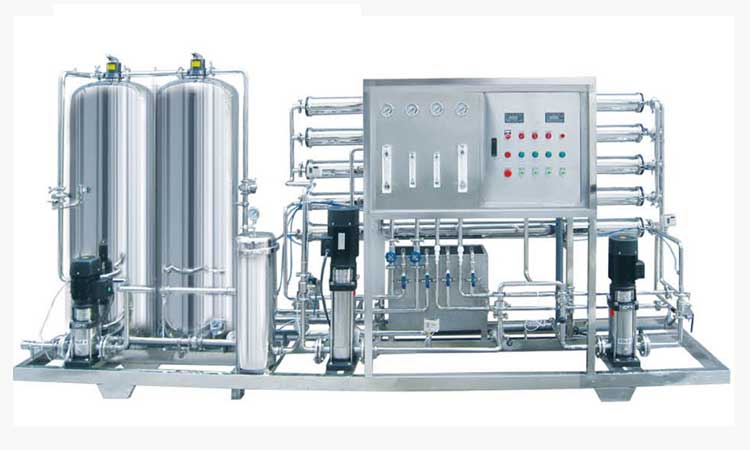
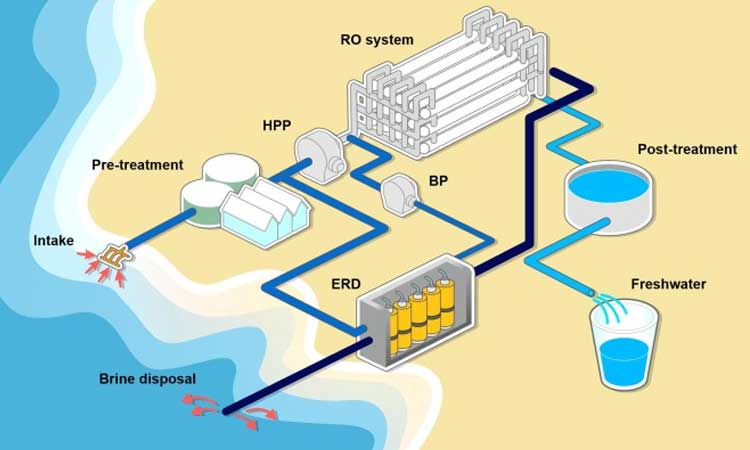
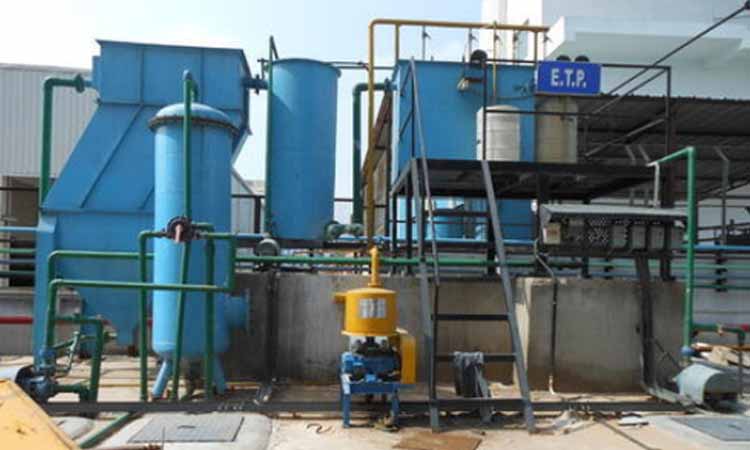
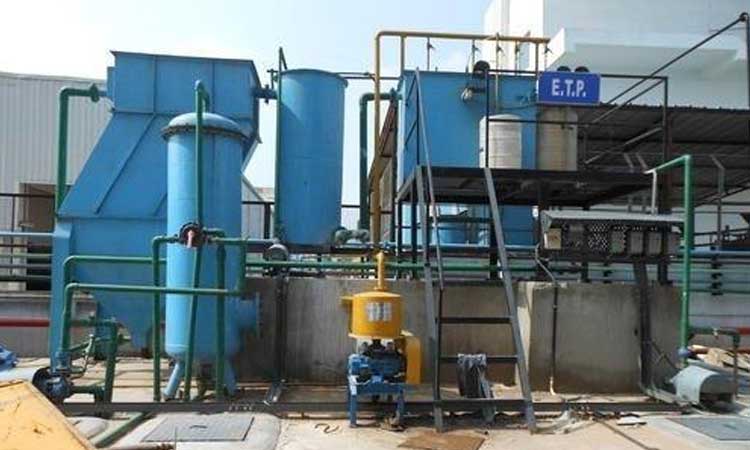
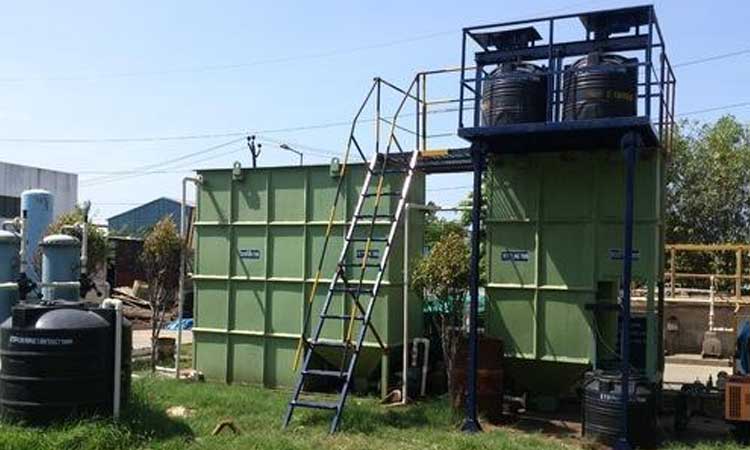
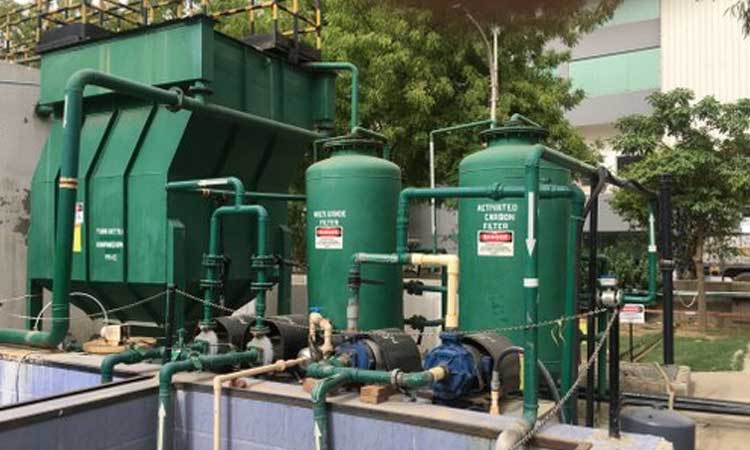


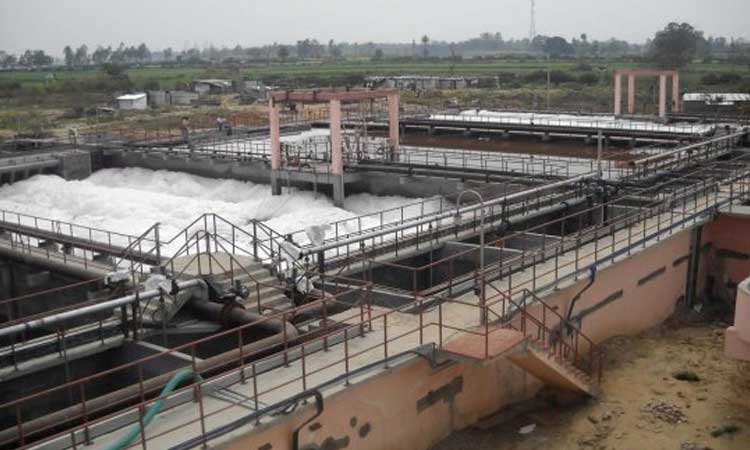
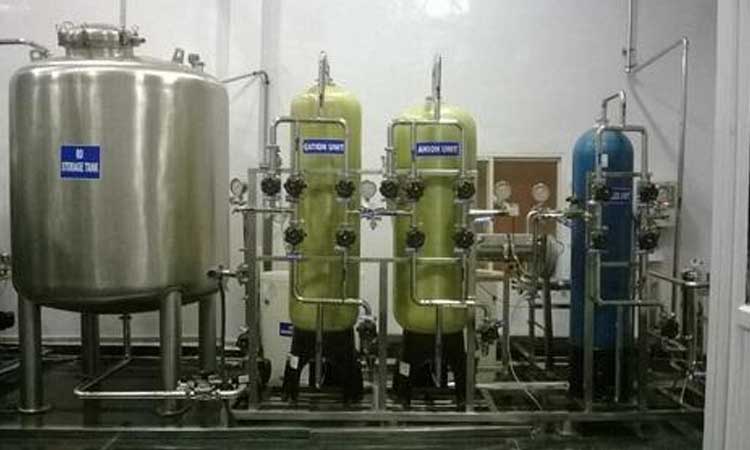

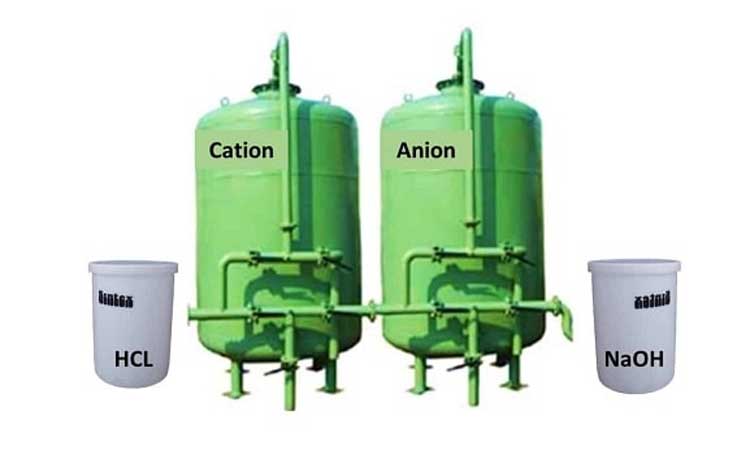


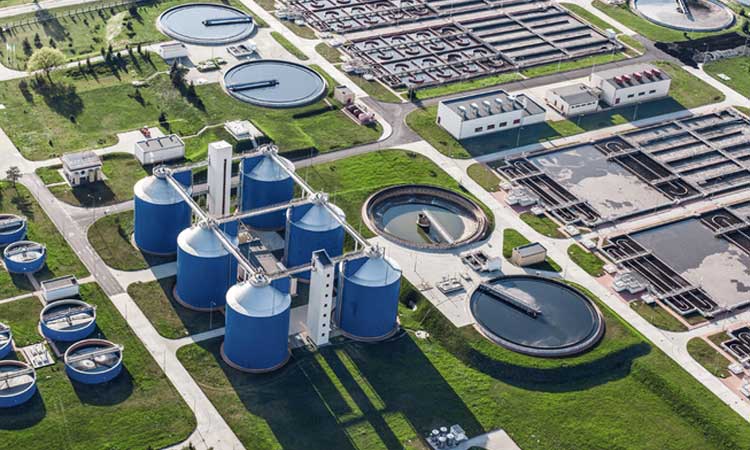
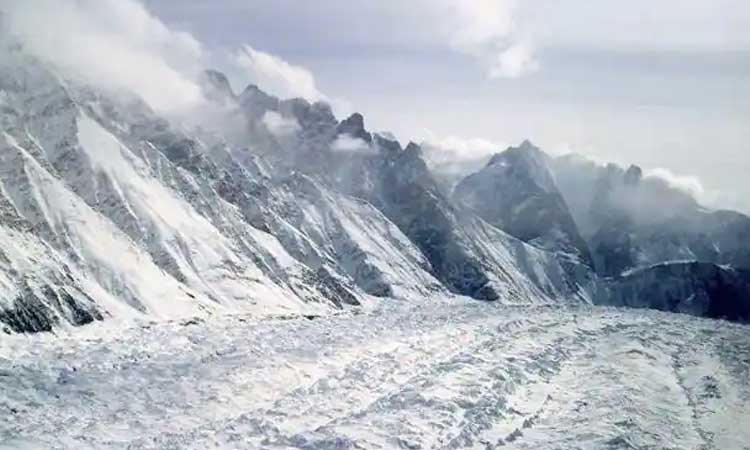
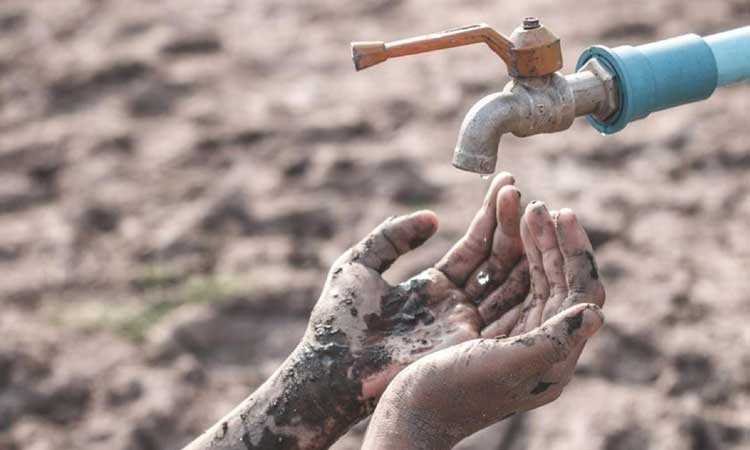
Comments
A great fraction of water is being used for irrigation purposes. Most of the industries have already incorporated water conservation efforts and are now matching the world standards, though a few exceptions may be there.
The average annual rainfall is 300–650 millimeters (11.8–25.6 in), but it is very unreliable. The inland water resources of the country are classified as rivers and canals; reservoirs; tanks and ponds; bells, oxbow lakes, derelict water; and brackish water.
Reduce consumption of soft drinks. These have a higher water footprint and carbon footprint than fresh drinks. It is also much more harmful to your body.